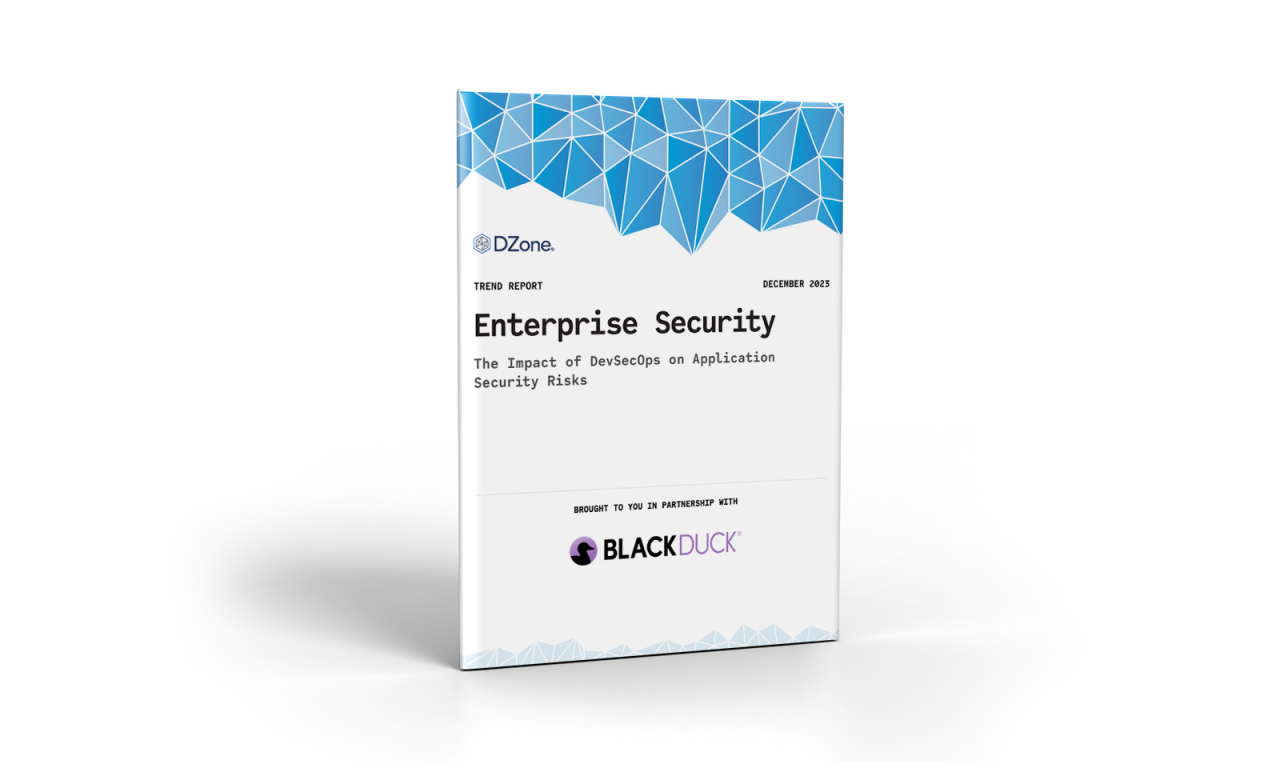Subscribe
There is a need for a new approach to AppSec—one that handles business risk without obstructing company growth, eliminates the tradeoff between speed and security, and fulfills the DevSecOps promise. Here are four DevSecOps best practices to help your organization realize this vision with an efficient, effective DevSecOps strategy.
Eliminate friction: Integrate and automate for unified DevSecOps
To fully achieve DevSecOps, each test needs to be integrated into established workflows to ensure that relevant testing is triggered, while avoiding unnecessary testing that could delay software shipment. Effective DevSecOps best practices also require automated enforcement of risk-based policies based on objective standards of security.
Meet developers where they are: Cultivate security capability
You can preclude the introduction of new issues and accelerate the remediation of existing issues by establishing a higher standard for security among developers, which they implement as part of their daily tasks. Achieving this as part of a DevSecOps initiative requires
- Access to clear, prioritized security risk insight as part of developer workflows
- Detailed remediation guidance to inform developers of the most efficient and effective ways to address detected issues
- Real-time risk awareness and fix recommendations as developers code within their preferred IDE
- Relevant developer security training and secure coding education that aligns to developers’ projects, technologies, and greater business needs
Align people, processes, and planning
DevSecOps relies on successful collaboration and cooperation among a variety of roles within the organization. While AppSec teams take ownership of the security risk posture of an organization’s software, their ability to implement security measures and address detected issues depends on development and DevOps teams.
Many organizations stall when architecting a DevSecOps strategy because they fail to identify and incorporate the best practices, success criteria, and performance metrics that matter to each contributing team. That’s why it is important to identify each contributing team’s priorities and the DevSecOps mechanisms that can affect these outcomes.
Leverage platform-based AST that evolves with your business
How can your organization remove complexity, reduce costs, and improve scalability without compromising security? Can this be done in ways that matter to developers, security personnel, and DevOps teams?
A SaaS-based application security testing platform can provide multiple analysis engines to help secure proprietary code and third-party software. With this approach, you can eliminate redundant tools or complicated implementations in lieu of a consolidated platform that is governed by centralized policies, integrates across CI pipelines, and provides prioritized risk insight across projects and tests.
Enabling effective, integrated DevSecOps is good business
The ability to integrate robust security practices can either fuel or derail the revenue engine of a business, making it an imperative for any forward-thinking organization. By integrating DevSecOps best practices, policy-based automation, and end-to-end visibility into risk and resolution for all contributing teams, you can quickly evolve AppSec from a cost center to a business asset.
Report

DZone Trend Report: Enterprise Security
Learn more about DevSecOps and its impact on application security.
Continue Reading
Three steps to ensuring the reliability and security of your C++ projects
Jun 03, 2025 | 3 min read
How to secure AI-generated code with DevSecOps best practices
May 08, 2025 | 3 min read
Security automation and integration can smooth AppSec friction
Jan 23, 2025 | 6 min read
Overcome AST noise to find and fix software vulnerabilities
Jan 06, 2025 | 6 min read
Artificial intelligence widens the gap between security and development
Dec 01, 2024 | 7 min read







